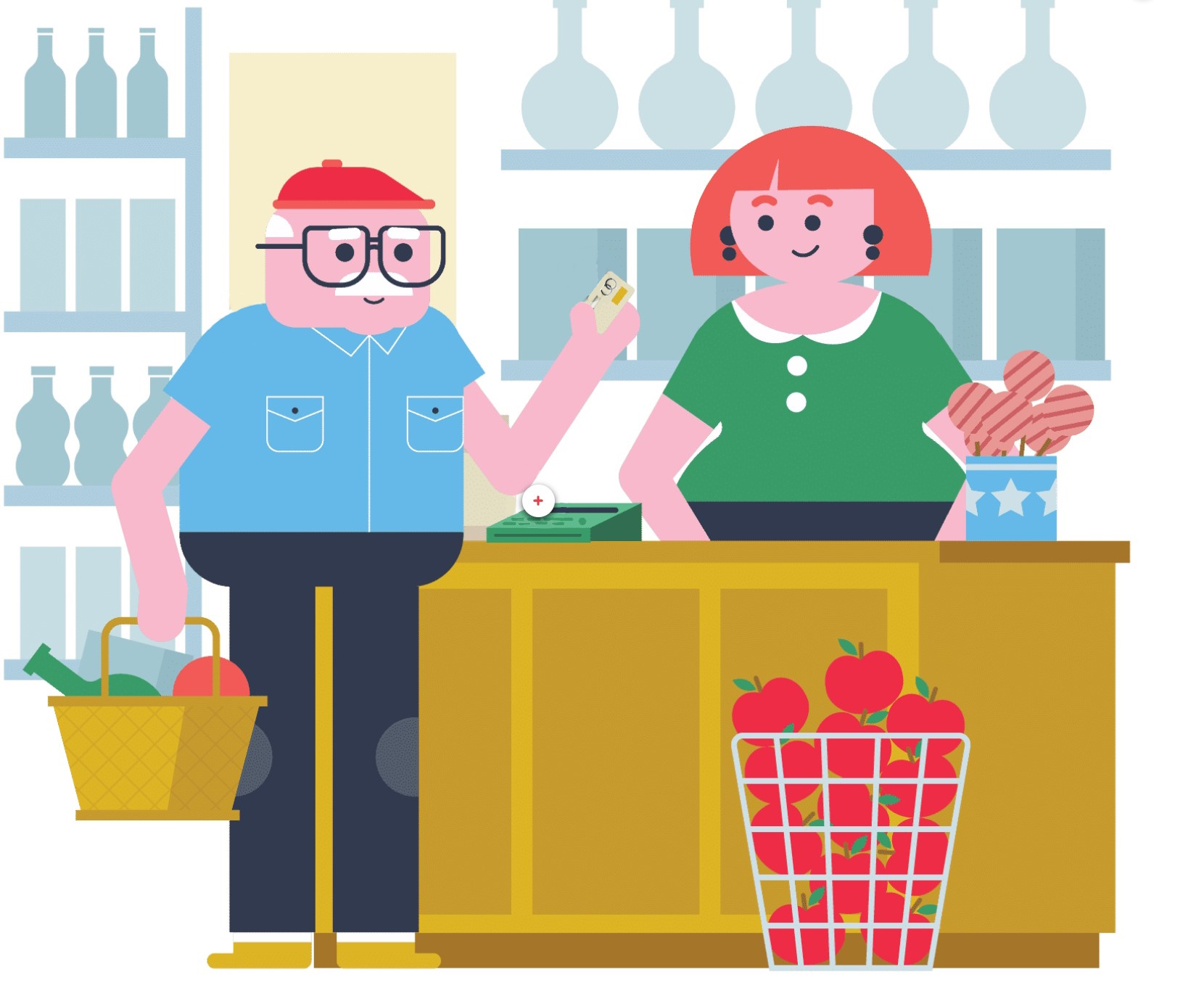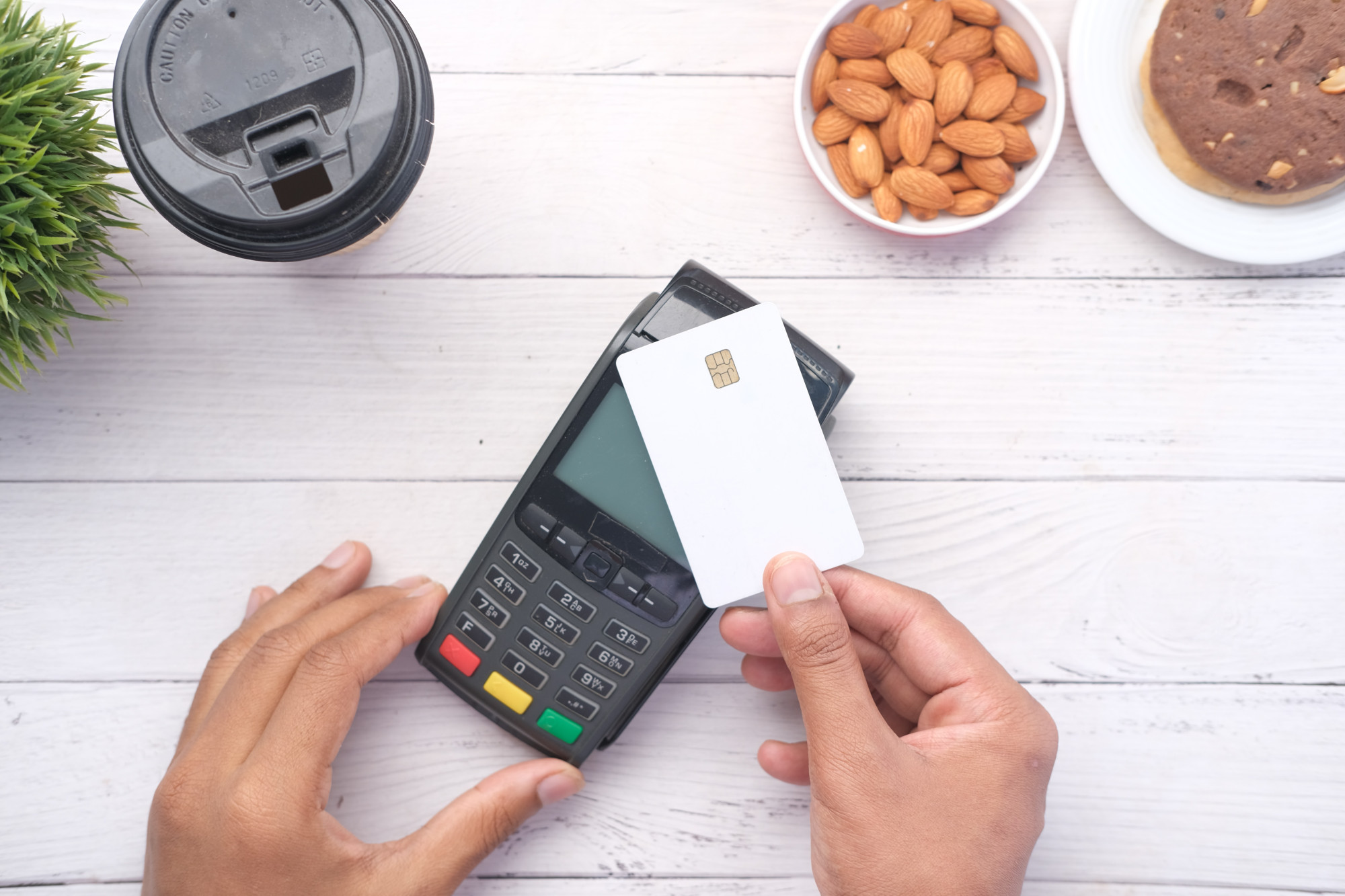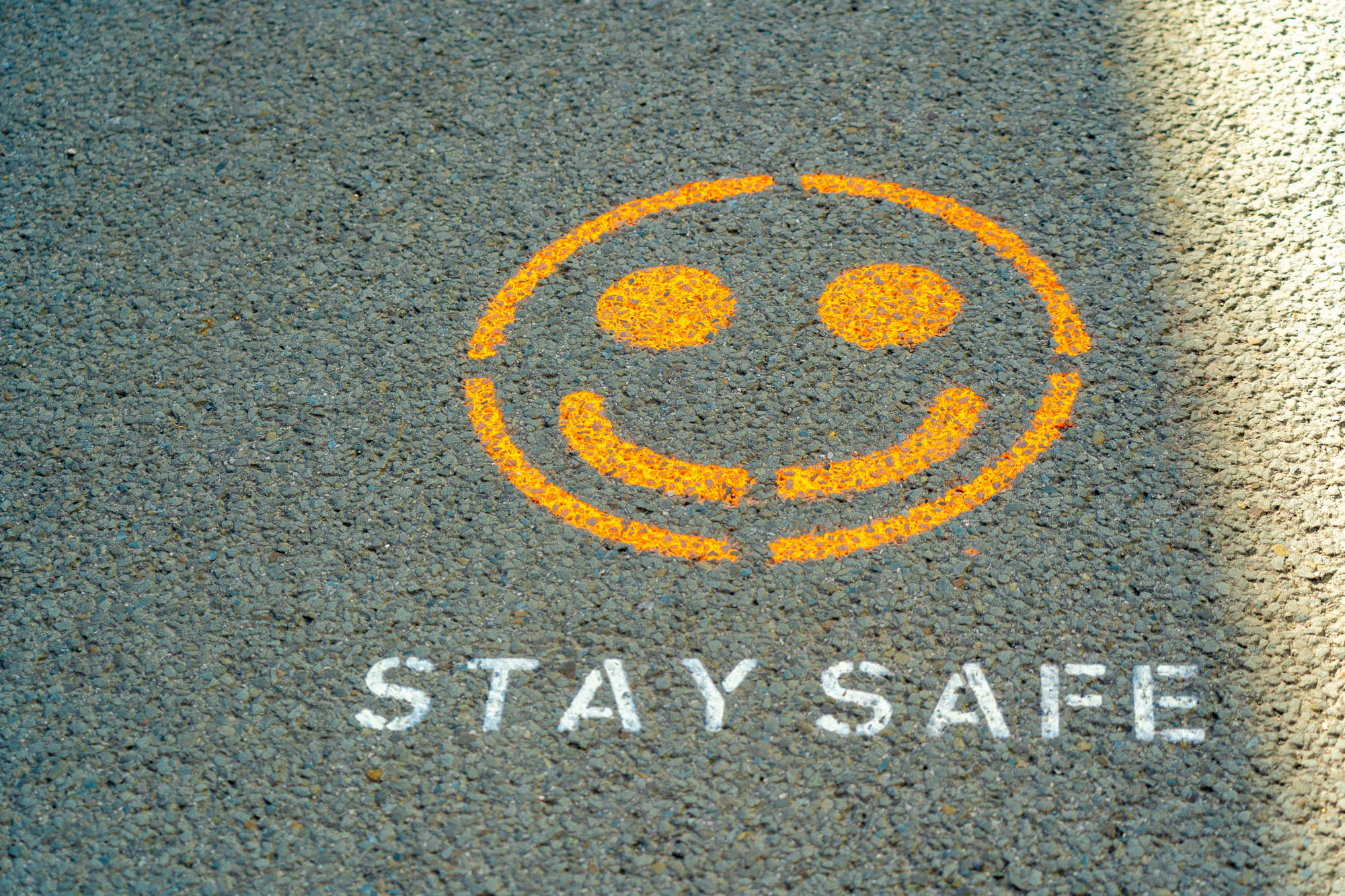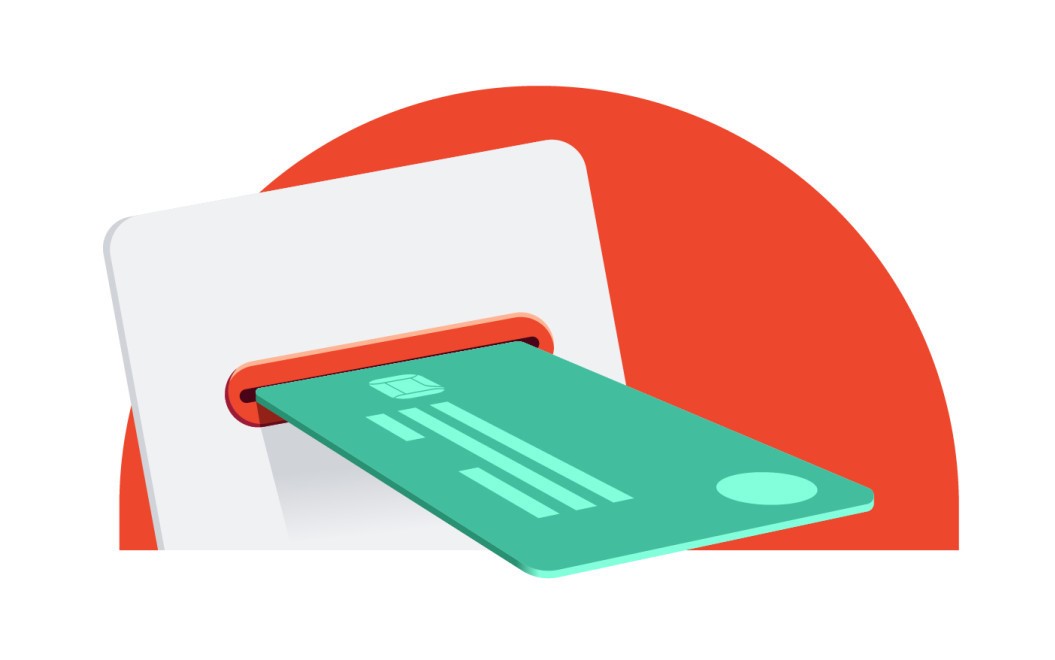Digital payments & banking for consumers
Below, you can read all about digital payments and banking and how to get started with them. Be sure to check out our tips on international payments and safe contactless payments as well. You will also find more information about bank transfers and payment by direct debit.

Getting started with digital banking
Digital banking: that means banking through your computer, tablet, or smartphone. Digital or online banking has many advantages: time-saving, always available anywhere, and environmentally friendly. But how do you get started? What do you need for it, and is it secure? We explain it step by step in words and pictures.

How do you use digital payments?
Digital payments have many advantages. It is fast and easy: no more hassle with carrying exact change. Paying for your purchases with a card or smartphone works for both small and large amounts. Moreover, you can do it everywhere: at the supermarket, the bakery, the newsstand, and more. But how do you do it in practice? Febelfin is happy to guide you with some videos.

Bank transfers
A bank transfer is the transfer of credit from one bank account to another on direct order of the sender. Either you choose a classic transfer or you have the option to make an instant payment.

Payment by direct debit
With a direct debit, you authorise an organisation (= a mandate) to automatically withdraw the invoice amount from your bank account. This often involves regularly recurring bills such as subscriptions, telephone, gas or electricity bills, but it can also apply to one-time invoices.




